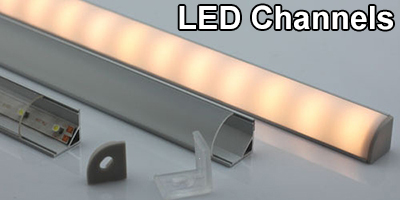The OpticsHQ TX3 TH is $130 retail. It is available with a smooth reflector, which would probably give you the best throw (with some beam quality sacrifice).
The stock smooth plastic Mag reflector is also an excellent thrower. When combined with a single die LED like a Seoul P4, I get reasonably good beam quality as well (less so with a quad-die P7). And my hot spot lux measurement for this reflector exceeds the SRTH's by about 50%, which is clearly ahead of the KT1/KT2/T-62 by about 30%.
The KD OP Mag reflector with 15mm opening is not a good thrower.
SureFire made the SRTHs. They are old and no longer made. I'm sure that LPS's supply is simply remaining stock. When they are gone, that's it.
For best heat management, I would suggest avoiding a shock-isolated design. The KT1/KT2 THs have much better heat sinking capability than the KT4 (I've measured this using a thermocouple inserted into the TH/Turbo Tower interface). If you can design the TH such that you can install the driver in the "neck" region, that could be good. This is analogous to the Maglite mod case where you can use a Shark Sink to attach a driver to the inside of the Mag tube. Attaching the driver and potting it to the LED heat sink is a less desirable approach since the heat generation from the driver adds to the heat that the LED heat sink has to deal with.
With the current Turbo Tower designs, they all have an integral driver cavity at the base. If you pot the driver, then you add its heat generation to the relatively small mass of the Turbo Tower heat sink. If you don't pot the driver, then in high power applications, the driver could get very unhappy (especially for the small 14mm drivers).
If you can dispense with the driver cavity, then you can increase the thermal mass of the Turbo Tower, which is a good thing. And then if you can pot the driver elsewhere, that would be another good thing.
Another weakness of the current Turbo Tower designs is that the LED is typically secured only by a thermal glue interface between the top of the tower and the bottom of the LED. If you can solder the LED to the tower, that would be good. If you can figure out a mechanical attachment method, that would be good. Whatever the solution, IMO it would be desirable for a more secure LED attachment method so that the TH can be used with confidence in weaponlight applications.

